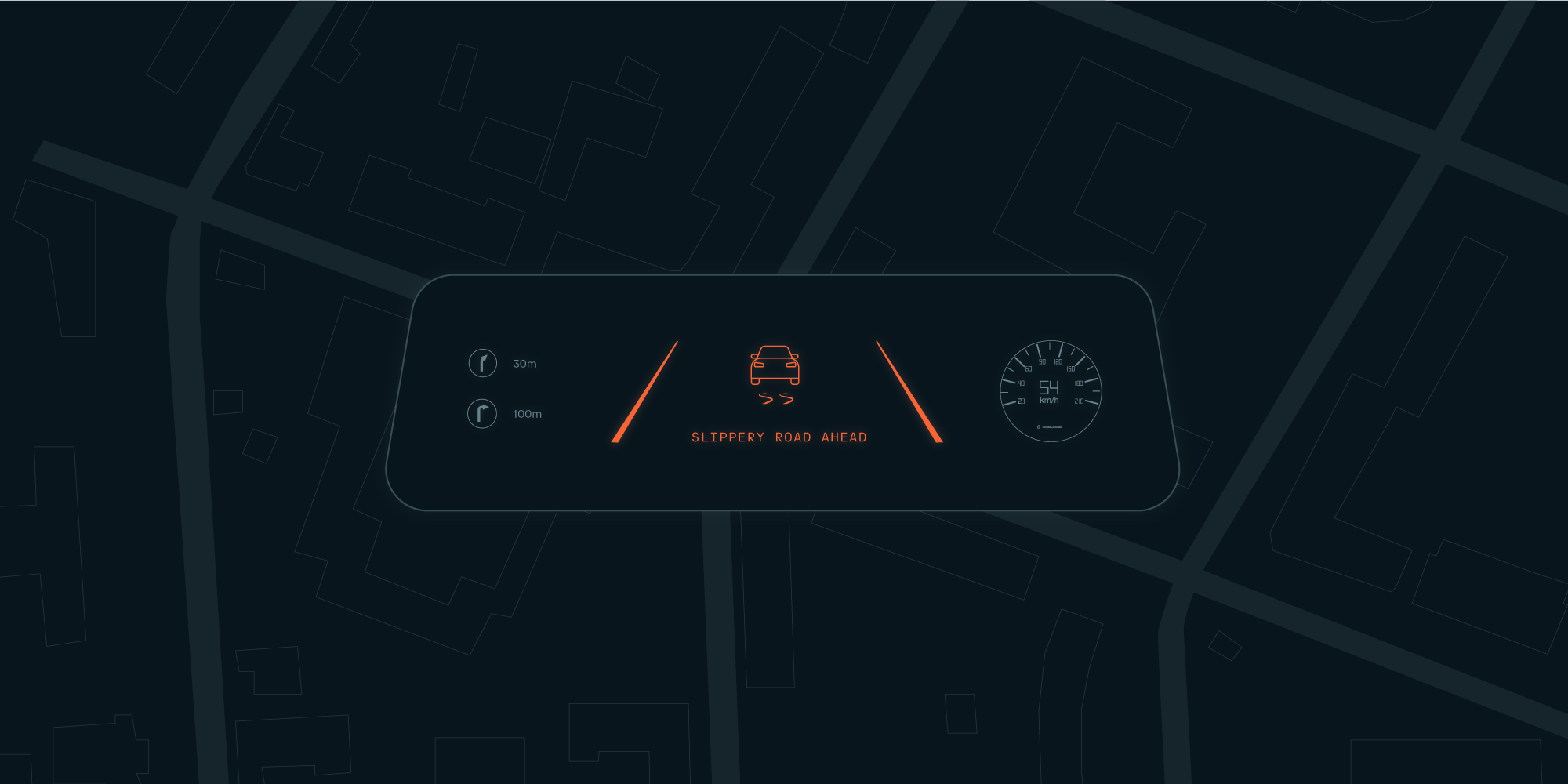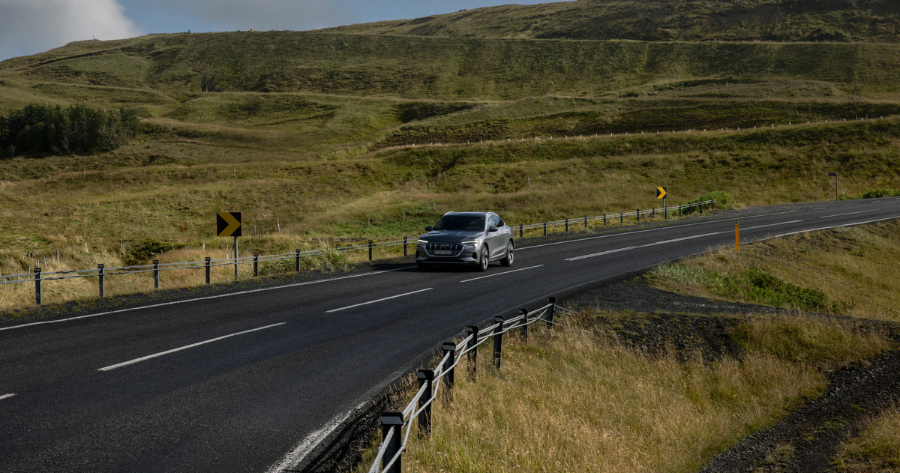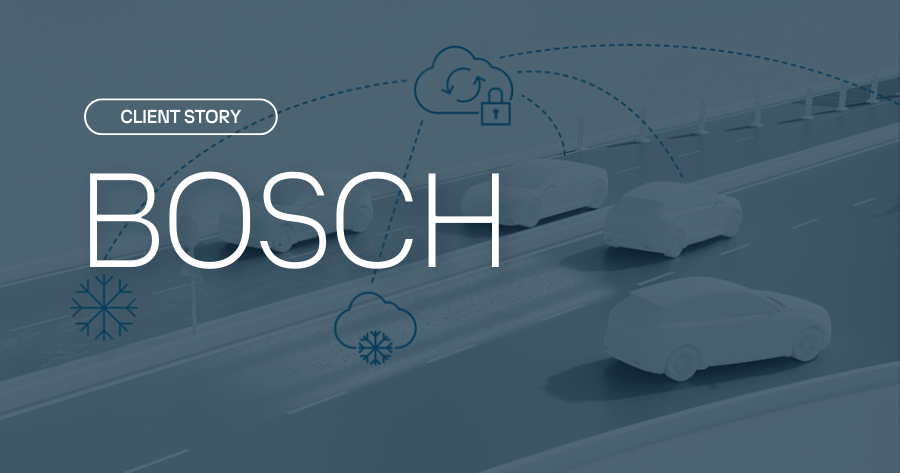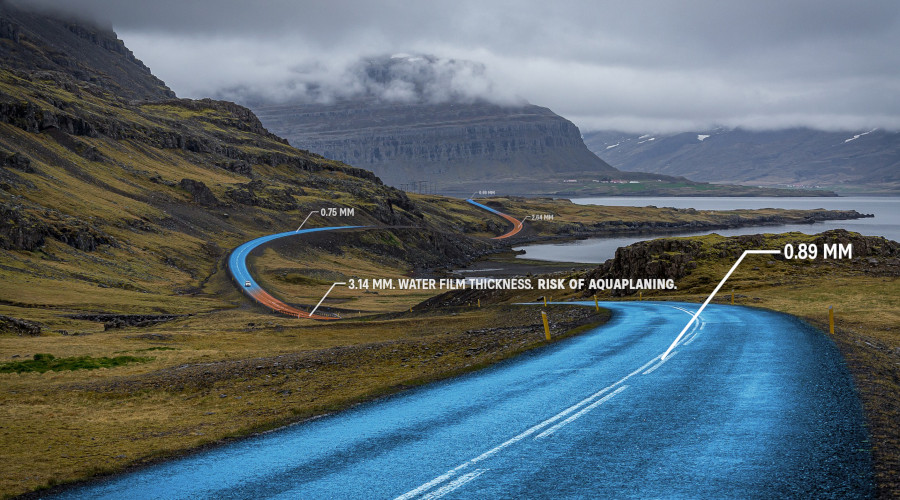A 5-star safety rating doesn’t mean what it used to—and that’s a good thing.
The European New Car Assessment Programme (Euro NCAP) has been rewriting the rulebook for vehicle safety by shifting the focus from surviving a crash to avoiding one entirely. Initially, tests were conducted mostly to assess safety in crashes, for example, front, side and pole impacts, and impacts with pedestrians.
While testing isn’t mandatory, most manufacturers aim for top ratings - often designing cars with Euro NCAP’s evolving protocols in mind. High scores don’t just appear in the fine print, they show up in ads, too. Renault’s creative 2007 TV spot replaced cars with foods from different countries in crash tests. The (very French) baguette was the only one that survived the impact intact.
The evolution of the Euro NCAP standard
Since 2009, Euro NCAP has been working to include a broader safety concept that looks at safe driving holistically and does not just focus on the safety of the passengers and the vehicle during an impact. The Euro NCAP 2010-2015 Strategic Roadmap describes shortcomings in the then-active protocols: “Unfortunately, Euro NCAP lags behind in recognizing real-world innovations, notably crash avoidance and driver assist technologies. Another concern is that Euro NCAP’s frontal tests effectively only assess the self-protection of the car in a collision with a vehicle of approximately the same size or class.”
In 2025, the protocols from 2023 were extended in scope and now cover:
Occupant protection for adults and children
Vulnerable road user protection
Safety assist technologies for collision avoidance, lane support, and driver engagement
The Vision 2030 roadmap goes even further to embrace connected data and real-time hazard alerts. The shift started with the Euro NCAP 2025 roadmap in 2017, which proposed using external data—Vehicle-to-Everything (V2X)—to make driving safer.
By late 2024, v0.9 of the 2026 protocols appeared, followed by v1.0 in March 2025, covering three safe driving categories:
Occupant monitoring
Driver engagement
Vehicle assistance
From sensors to cloud: making early warning a reality
Let’s take a closer look at the hazard warnings. The 2026 Vehicle Assistance protocol awards points to cars that can warn drivers about local hazards such as:
Poor weather
Dangerous road conditions
Traffic jams
Wrong-way drivers
Here, Time to Event (TTE) is critical—how far in advance the driver is warned. The metric was defined in the 2023 protocols to help the driver anticipate events and potentially take over the steering of the vehicle.
Euro NCAP defines TTE for hazards as 5–20 seconds.
At 100 km/h, a car travels 200 meters in just 7 seconds. At 120 km/h, it’s only 6 seconds.
With most in-vehicle sensors on the market unable to detect beyond 200 meters, connected vehicle and cloud data become essential for early warnings.
Interestingly, the 2026 Assisted Driving protocol relies on the Vehicle Assistance protocol for weather-related hazard tests, but the 2026 versions no longer define specific TTE values.
In addition to rewarding local hazards detection, the 2026 protocol assigns points for sharing local hazard data with other vehicles. The Data for Road Safety (DFRS) ecosystem was created exactly for this purpose—to exchange safety-related traffic data and information, including vehicle-detected hazard warnings.
More than that, the protocol gives extra points for detecting conditional speed limits in the following categories: weather, time, distance, arrows, and vehicle categories.
What does this mean for OEMs, and where to look for hazard data
Euro NCAP’s 2026 protocols are a big step towards cloud connectivity, vehicle-to-vehicle communication, and real-time hazard sharing. But there are two big challenges:
Restrictive data channels – Mandating DFRS as the only hazard-sharing method channel could limit innovation, since points are not awarded when using other methods.
Data quality – Without strict validation, too many false alerts could cause drivers to disable warnings entirely (as many already do with speed limit alerts).
Hazard warnings will become a must-have for 5-star ratings from 2026 onward, and the weighting for safe driving protocols will increase every year until 2029.
Euro NCAP’s new direction signals a fundamental change: safety ratings are no longer just about how well you survive a crash but about how well your car can prevent one. By 2026, the smartest cars won’t just protect you. They’ll predict trouble before you see it.
Car makers have multiple options for weather and road condition data to meet Euro NCAP protocols for local hazards:
Vaisala Xweather: Validated road weather data for safety-critical use cases
NIRA Dynamics: Road surface alerts
Bosch, HAAS Alert, HERE, and TomTom: Hazard warning and connected map products that integrate road weather insights
The Euro NCAP 2026 protocols have made a big leap forward by introducing cloud and vehicle-to-vehicle connections and sharing vehicle-detected local hazards. However, mandating DFRS as the only way to share vehicle-detected hazards seems restrictive, even if the intention is to make as much data available as possible.
An obvious missing item from the local hazards section is the requirement for data validation and quality targets. Disturbing drivers with too many unnecessary or erroneous warnings will lead to disabling useful warnings at the beginning of every drive, like many people do for speed limit warning features.
The overall point calculation rules will be scaled up for the safe driving section every year until 2029. The chances are quite high that the local hazard warnings will be mandatory for carmakers looking to score five stars for their vehicles starting in 2026.



